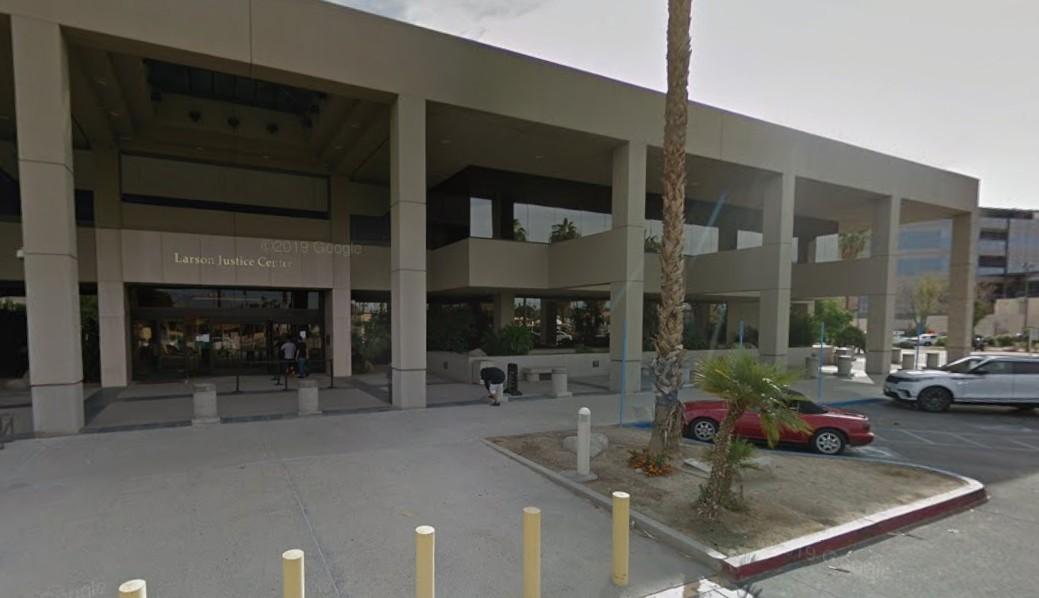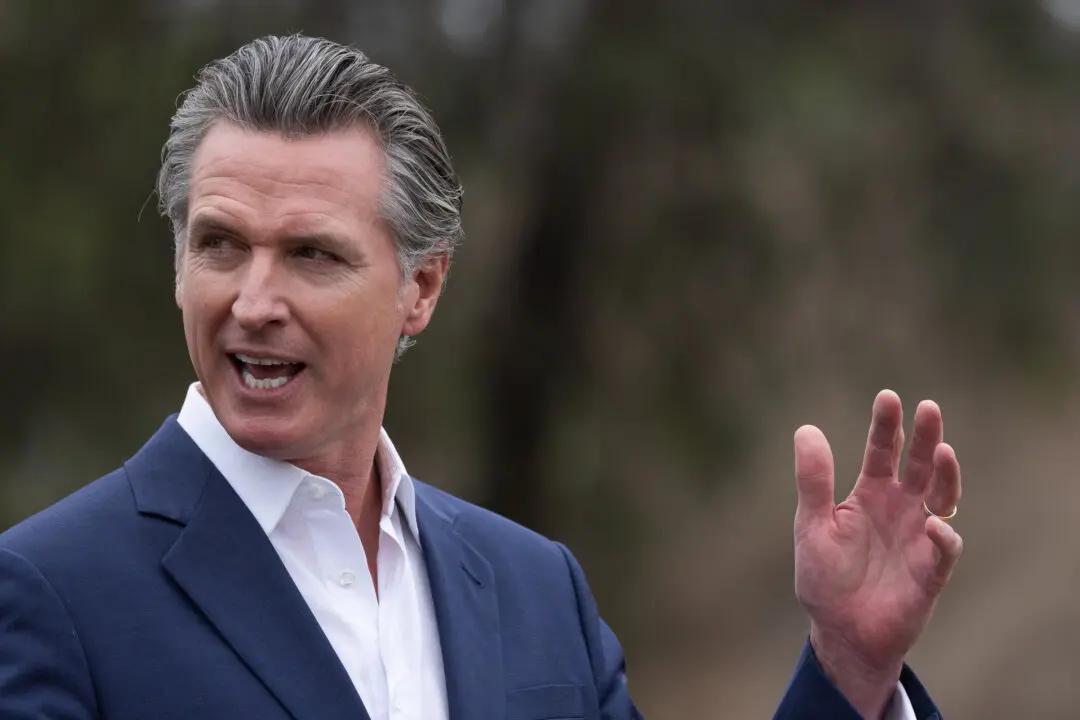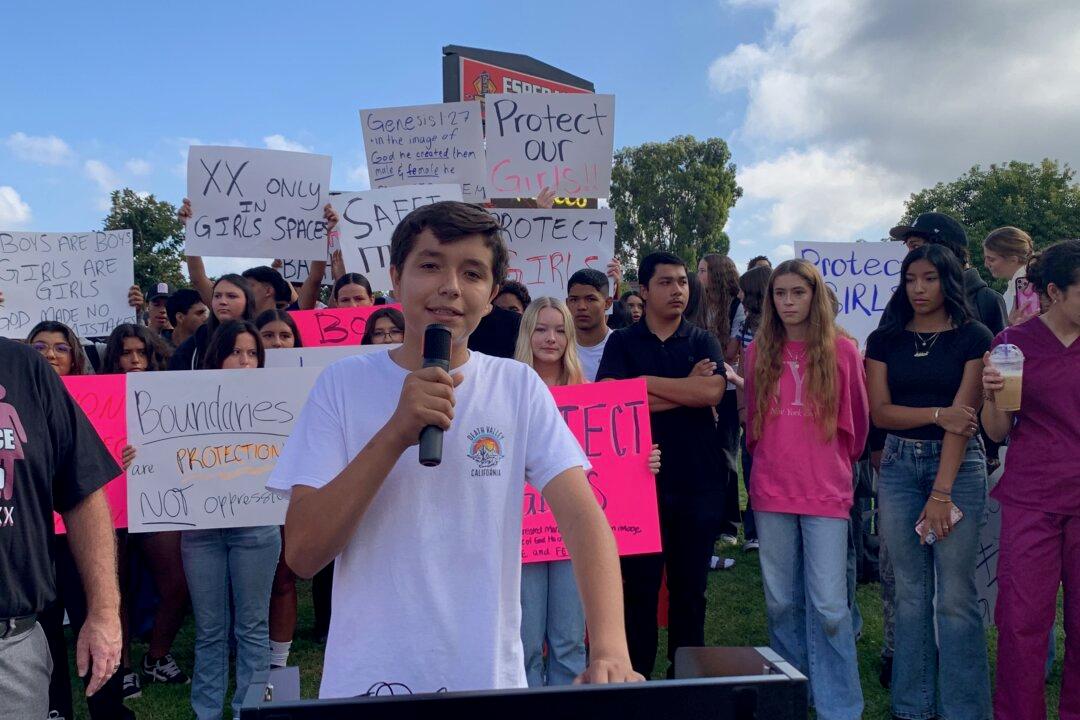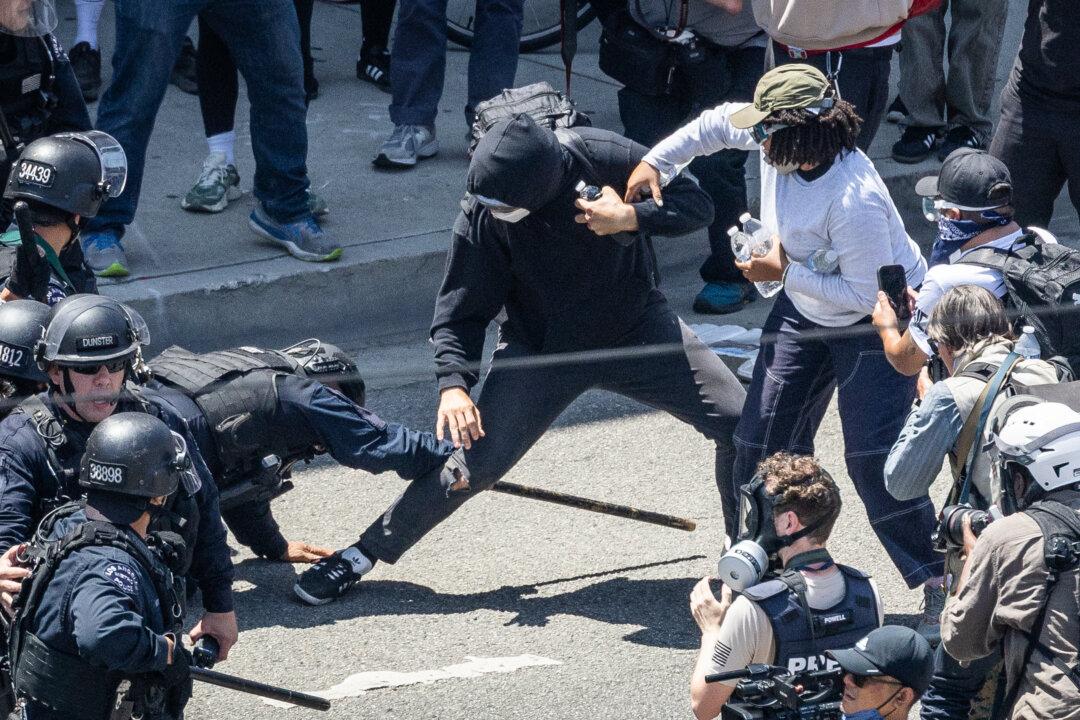California Gov. Gavin Newsom’s dream of closing a state prison could quickly turn into a nightmare, one of the state’s top police chiefs said.
“The notion of closing a prison at this point in the history of our criminal justice system in California, frankly, is a reckless idea,” said Ron Lawrence, president of the California Police Chiefs Association. Closing a prison could lead to more prison overcrowding and homelessness, he said, and put greater strain on county jails and police.





